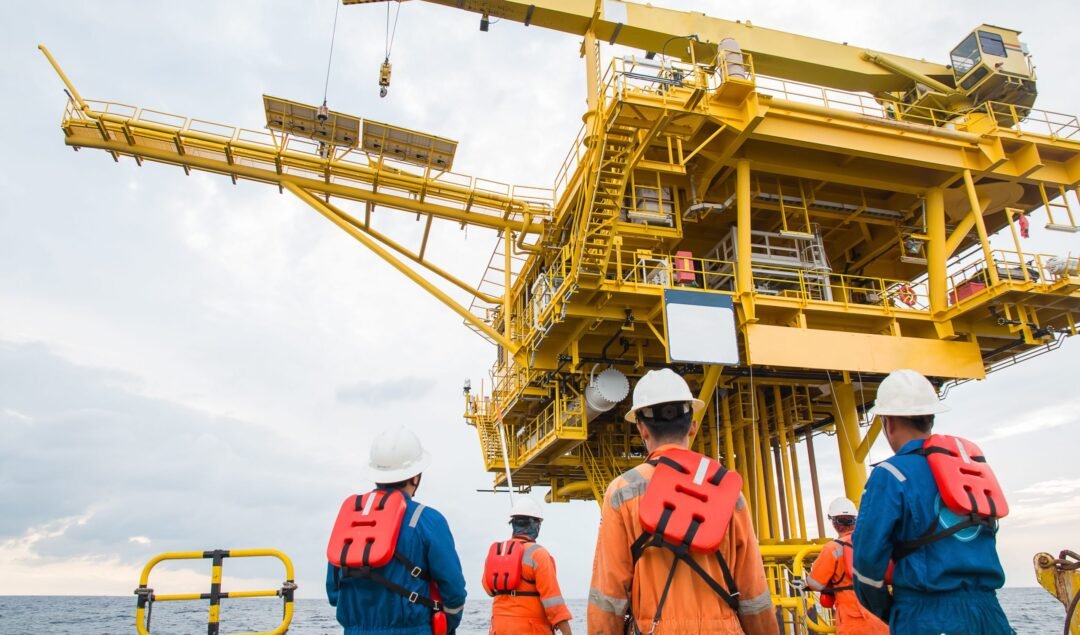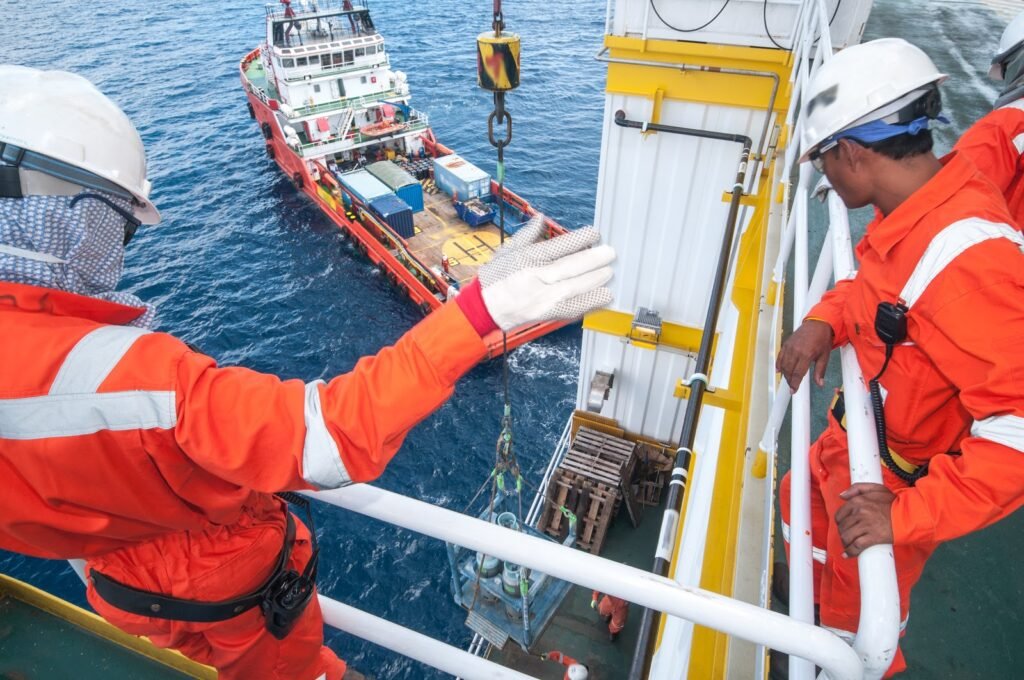What Are the Key Responsibilities of Rigger Jobs?

Rigger jobs play a crucial role in various industries that involve heavy lifting and moving of equipment, structures, and materials. Riggers are responsible for ensuring the safe and efficient handling of loads, ensuring that they are properly secured and transported. In this blog post, we will explore the key responsibilities of rigger jobs and the importance of their role in maintaining a safe and productive work environment.
Load Inspection and Planning:
Before any lifting operation, riggers are responsible for inspecting the load and planning the rigging process. This involves evaluating the weight, size, shape, and centre of gravity of the load. By understanding these factors, riggers can determine the appropriate lifting equipment, slings, and rigging methods required for the task.
Rigging Equipment Selection and Inspection:
Riggers must have a deep understanding of various types of rigging equipment and materials. They select and inspect the appropriate equipment, such as shackles, hooks, slings, and chains, to ensure they are in proper working condition and meet safety standards. Regular inspection of rigging equipment is critical to prevent accidents and identify any signs of wear or damage.
Load Securement and Attachment:
The primary responsibility of riggers is to ensure proper and secure attachment of the load to the lifting equipment. They carefully connect slings, hooks, and other rigging components to the load, taking into account weight distribution and centre of gravity. Proper load securement is essential to prevent shifting, falling, or damage during lifting and transportation.
Signal Communication:
During lifting operations, riggers work closely with crane operators or equipment handlers. They use standardised hand signals or radio communication to ensure clear and effective communication between the rigging team and heavy equipment operators. This communication is crucial for safe and precise movements of loads.

Compliance with Safety Standards:
Safety is paramount in the rigger jobs field. Riggers must comply with all safety regulations, guidelines, and best practices to ensure a safe work environment. They are responsible for implementing and maintaining safety measures, such as barricades, harnesses, and fall protection systems. Rigging operations must be conducted in accordance with safety standards and under the supervision of competent personnel.
Rigging Operations Management:
Riggers often work as part of a team to execute complex lifting operations. They may be responsible for coordinating the actions of multiple riggers, crane operators, and other personnel involved in the operation. Rigging supervisors oversee the planning, execution, and monitoring of these operations to ensure efficiency, safety, and adherence to project timelines.
Maintaining Documentation and Records:
Riggers are responsible for maintaining documentation related to rigging operations. This includes records of inspections, load calculations, rigging plans, and safety procedures. Accurate and well-maintained documentation is vital for future reference, compliance audits, and ongoing improvement of rigging practices.
Conclusion
In conclusion, rigger jobs are crucial for the safe and efficient handling of heavy loads in various industries. From load inspection and planning to proper load securement and attachment, riggers play a pivotal role in ensuring the success of lifting operations. By adhering to safety standards, effectively communicating with team members, and managing rigging operations, riggers help maintain a safe work environment and prevent accidents.
With their expertise and attention to detail, riggers are key contributors to the smooth functioning of industries that rely on heavy lifting and equipment handling. Techforce, a leading recruitment agency, plays a pivotal role in connecting skilled riggers with industries that depend on their specialised skills and knowledge.